The Department of Defense’s Operational Guidance for Enterprises (DOGE) is transforming procurement and compliance standards for businesses working with the government. As these regulations evolve, B2G companies must rethink their marketing strategies to ensure compliance while maintaining a competitive edge. Aligning marketing efforts with DOGE isn’t just about meeting new requirements—it presents an opportunity to differentiate and strengthen brand positioning. This blog explores key marketing pivots that can help B2G companies adapt successfully.
Understanding DOGE: Key Compliance and Procurement Changes
DOGE introduces updated compliance and procurement processes that impact how B2G companies communicate their value propositions. Some key aspects of DOGE include:
- Enhanced cybersecurity requirements that necessitate clear messaging around data protection and operational security.
- Stronger vetting and certification processes for vendors, influencing how businesses position themselves as trusted partners.
- Greater emphasis on supply chain transparency, which must be reflected in marketing materials and brand storytelling.
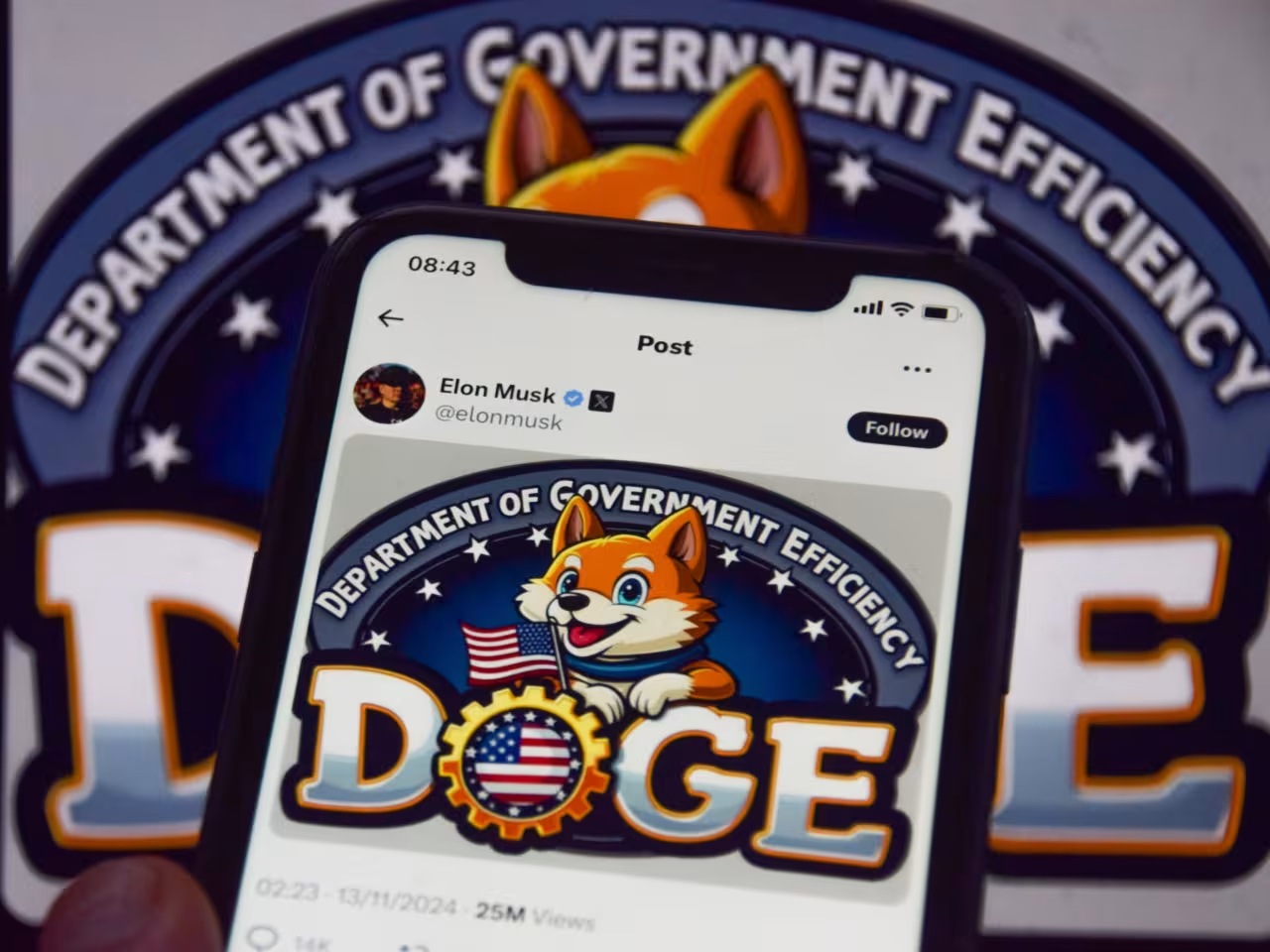
Strategic Marketing Adjustments for DOGE Compliance
To remain competitive and compliant, B2G companies should make the following strategic adjustments:
1. Develop Transparent and Compliant Messaging
Regulatory language and security commitments should be embedded in all marketing materials. Clearly communicate compliance with DOGE standards to build credibility and trust.
2. Leverage Digital Channels for Education and Engagement
Use websites, webinars, and thought leadership content to educate government stakeholders about your compliance posture and value proposition.
3. Align Content Marketing with Evolving Procurement Processes
Ensure that whitepapers, case studies, and digital content showcase adherence to DOGE guidelines. Highlighting past performance in compliant contracts can set your company apart.
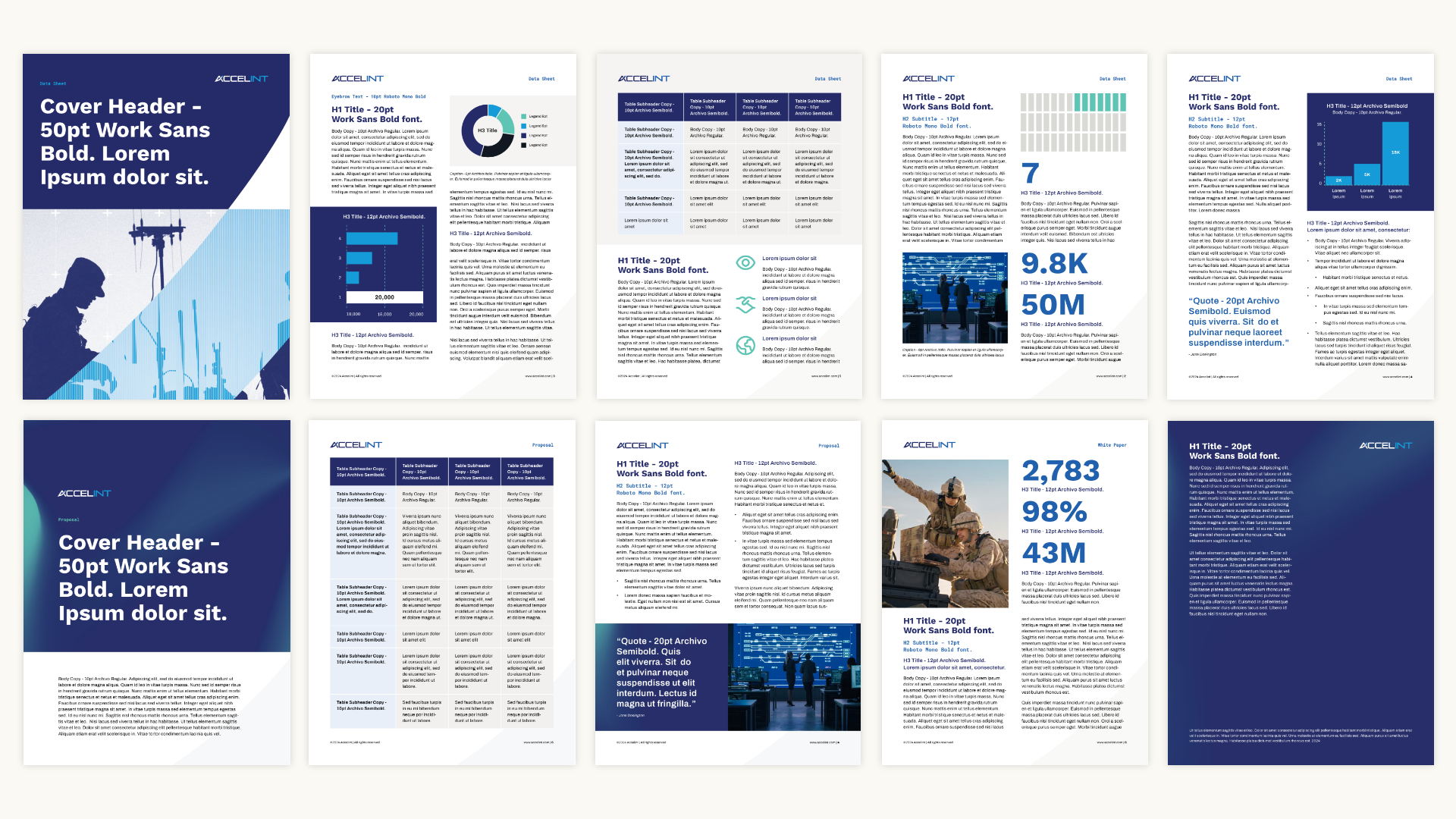
Strengthening Brand Positioning Through Compliance Alignment
Rather than viewing compliance as a burden, companies can use DOGE alignment as a competitive advantage:
- Thought leadership: Share insights on compliance trends via blogs and LinkedIn articles.
- Trust-building: Create case studies that illustrate successful implementation of DOGE-compliant processes.
- Strategic partnerships: Collaborate with industry leaders and certification bodies to reinforce credibility.
Actionable Steps for B2G Marketers
To stay ahead of compliance shifts, B2G companies should:
- Conduct a marketing audit to ensure all messaging aligns with DOGE regulations.
- Update website content and digital assets to reflect security and compliance commitments.
- Strengthen government-facing outreach efforts with transparent and targeted engagement strategies.
Final Thoughts
DOGE compliance isn’t just a regulatory necessity—it’s a chance to refine and strengthen your brand’s positioning. By proactively adjusting marketing strategies, B2G companies can enhance trust, credibility, and competitiveness in the evolving procurement landscape.
Need to refine your B2G marketing strategy to align with evolving compliance standards? Contact Bluetext today to ensure your brand messaging and digital presence stay ahead of regulatory changes.
As a new administration takes shape, brands must be prepared to navigate shifts in policy, regulation, and public sentiment that could directly impact their marketing strategies. From evolving government priorities to changes in procurement and compliance, staying agile is crucial for maintaining relevance and positioning for success. Here’s how businesses can adapt to a shifting political landscape.
1. Understand Policy Changes and Their Impact
New administrations often bring shifts in regulations, economic priorities, and industry-specific policies. Brands must stay informed about these changes, particularly those affecting taxation, environmental policies, labor laws, and procurement processes. By monitoring legislative updates and industry insights, businesses can proactively adjust their marketing messaging and strategies to align with new regulations.
2. Reassess Audience Sentiment
Public sentiment can shift dramatically with political change. Brands should conduct audience research and sentiment analysis to gauge how consumer attitudes evolve in response to new policies. Tailoring messaging to reflect changing priorities, such as sustainability, inclusivity, or economic resilience, can strengthen brand positioning and engagement.
3. Align Messaging with Evolving Priorities
Government policies can influence public priorities, affecting how brands communicate. For example, if an administration prioritizes renewable energy, businesses in related industries may benefit from emphasizing sustainability in their marketing. Companies should align messaging with relevant topics while maintaining authenticity and avoiding overt political endorsements.
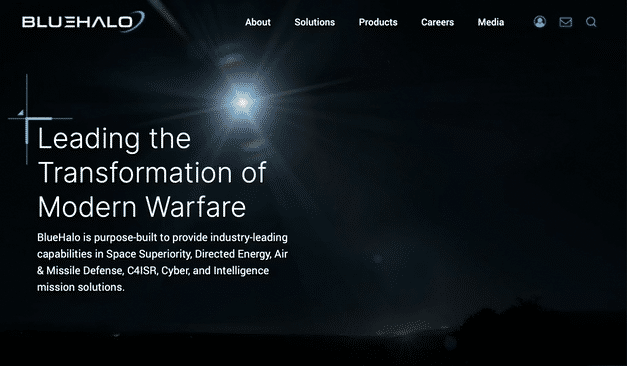
4. Adjust Digital Advertising Strategies
Changes in regulations around data privacy and digital advertising policies can impact marketing campaigns. Brands should stay compliant with evolving rules, such as restrictions on targeted ads or data collection, and explore alternative strategies like contextual advertising and first-party data utilization to maintain effective audience reach.
5. Strengthen Government and B2G Marketing Efforts
For businesses selling to the government, shifts in procurement strategies and budget allocations can present new opportunities and challenges. Companies should refine their B2G marketing strategies by closely tracking procurement trends, engaging with key decision-makers, and optimizing their value propositions to align with evolving government needs.
6. Prepare for Crisis Management and Reputation Resilience
A polarized political environment can increase the risk of brand controversies. Companies should develop crisis communication strategies to handle potential backlash, maintain transparency, and uphold brand values. Proactively managing reputation through clear communication and stakeholder engagement can help brands navigate political turbulence effectively.

Navigating Change with Confidence
Adapting to a shifting political landscape requires brands to be informed, flexible, and proactive. By understanding policy changes, reassessing audience sentiment, refining messaging, and staying compliant with new regulations, businesses can navigate uncertainty while maintaining a strong market presence. Need expert guidance? Contact Bluetext today to ensure your marketing strategy remains resilient in a changing environment.
Winning government cybersecurity contracts is no small feat. With the rise of cyber threats targeting national security, public infrastructure, and sensitive data, government agencies are actively seeking private-sector partners to bolster their defenses. However, for cybersecurity firms targeting business-to-government (B2G) opportunities, standing out in a crowded field requires more than just cutting-edge technology—it demands a strategic approach to marketing. This guide explores the essentials of marketing for cybersecurity firms aiming to secure government contracts, with a focus on compliance, communication, and effective messaging.
Understanding the Regulatory Landscape
Compliance is the foundation of marketing for government cybersecurity contracts. Federal, state, and local agencies operate within strict regulatory frameworks, including standards like:
- NIST Cybersecurity Framework: A cornerstone for ensuring secure systems and processes.
- FedRAMP Certification: For firms offering cloud services to government agencies.
- DFARS Compliance: Relevant for working with the Department of Defense.
Your marketing materials and messaging must demonstrate your firm’s ability to meet these requirements. Incorporate proof of certifications, audits, and adherence to these standards into your website, collateral, and presentations. Without a clear focus on compliance, your firm may fail to even qualify for consideration. Additionally, staying up-to-date with evolving regulations is crucial. As standards and requirements shift to address new threats, your firm’s ability to adapt and demonstrate continued compliance can give you a competitive edge. Regularly review updates to government policies and incorporate those changes into your marketing narrative to showcase your proactive approach.
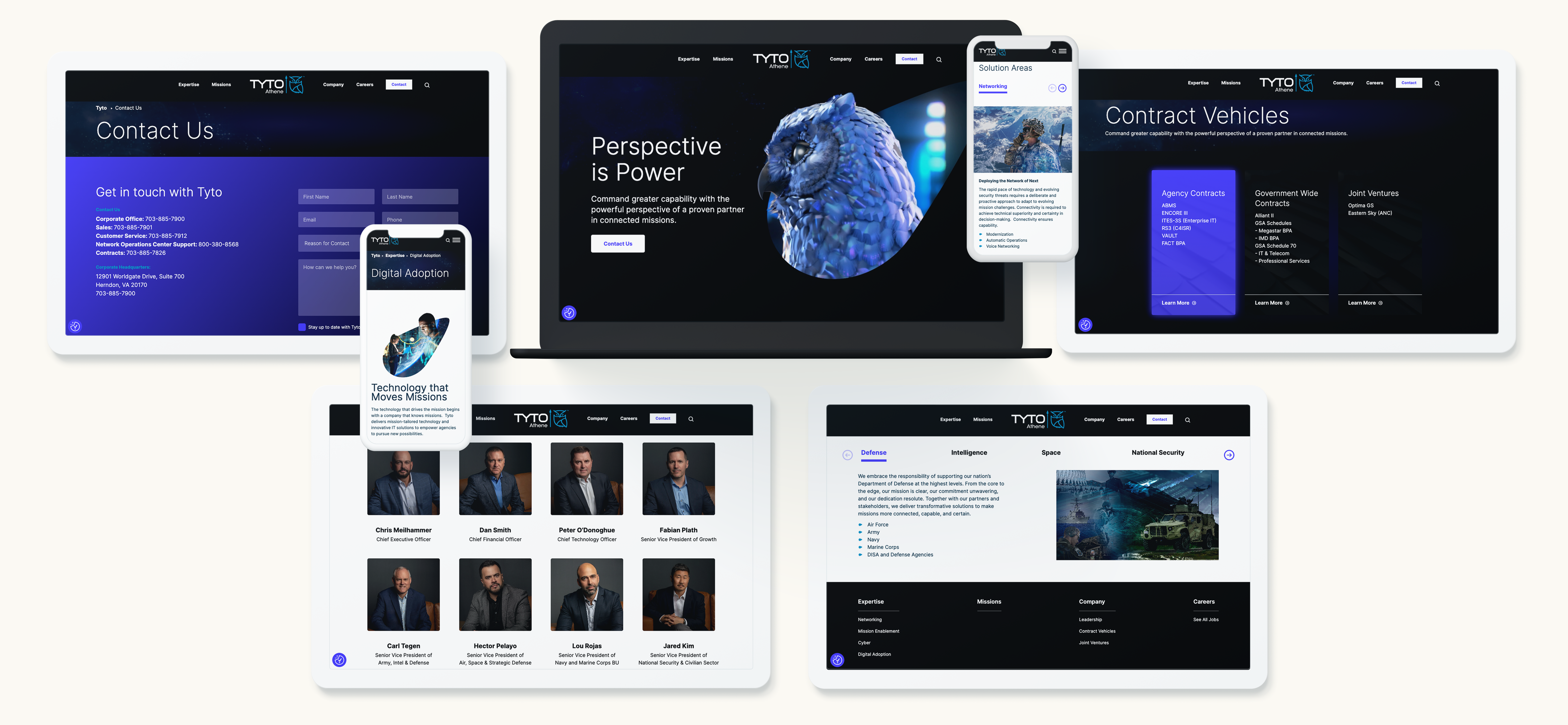
Building Credibility Through Communication
Government agencies are highly risk-averse, especially when it comes to cybersecurity. Establishing trust is key, and the way you communicate can make or break your credibility. Case studies and testimonials play a critical role in this process. Showcase success stories where your cybersecurity solutions have effectively mitigated risks or safeguarded assets. Be specific about measurable results, such as the percentage reduction in breaches or downtime avoided. Thought leadership content is another valuable tool. Publish blogs, whitepapers, and webinars on topics like emerging cyber threats or best practices for securing government systems. Positioning your firm as an industry authority builds trust with decision-makers and reinforces your expertise. Tailored outreach is equally essential. Avoid generic pitches. Research the specific needs and challenges of the agency you’re targeting and craft customized proposals. Personalization signals your genuine understanding of their mission and pain points, which can significantly improve your chances of securing contracts. Consistency across your communication channels ensures your message resonates and reinforces your firm’s expertise. Whether through email campaigns, presentations, or in-person meetings, maintaining a cohesive narrative builds confidence in your capabilities.

Crafting Resonant Messaging
Government buyers prioritize solutions that align with their mission and address their pain points. To craft effective messaging, emphasize security and resilience. Highlight how your solutions proactively mitigate risks and enhance operational resilience. Speak their language by using terminology familiar to government stakeholders, such as references to “mission-critical systems” or “continuity of operations.” Address cost-efficiency, as budget constraints are a reality for many government agencies. Demonstrate the value and return on investment your firm can provide. Showcase agility by emphasizing how your solutions adapt to emerging challenges. With cyber threats evolving rapidly, government agencies need partners who can keep pace. Your messaging should balance technical depth with accessibility, ensuring both technical evaluators and non-technical decision-makers understand your value. Consider creating audience-specific materials to cater to different stakeholders within the procurement process, from IT specialists to program managers and budget officers. By aligning your messaging with their diverse priorities, you can better articulate your value proposition.
Leveraging Digital Channels for B2G Marketing
Digital marketing is just as important in the B2G space as in commercial markets. Leverage these strategies to amplify your reach: LinkedIn campaigns can target federal and state government decision-makers with sponsored content showcasing your expertise. Search engine optimization (SEO) is critical; optimize your website for keywords like “government cybersecurity solutions” and “FedRAMP-certified services.” Account-based marketing (ABM) focuses on individual agencies, tailoring ads and email campaigns to their unique requirements. Remember to keep your digital assets—from landing pages to downloadable content—compliant with accessibility standards like WCAG, which many government buyers expect. Beyond these tactics, consider investing in webinars and virtual events that cater specifically to government audiences. These platforms allow you to demonstrate your expertise, interact directly with decision-makers, and address their questions in real-time. Additionally, monitor analytics from your digital campaigns to continuously refine your approach, ensuring maximum impact and engagement.
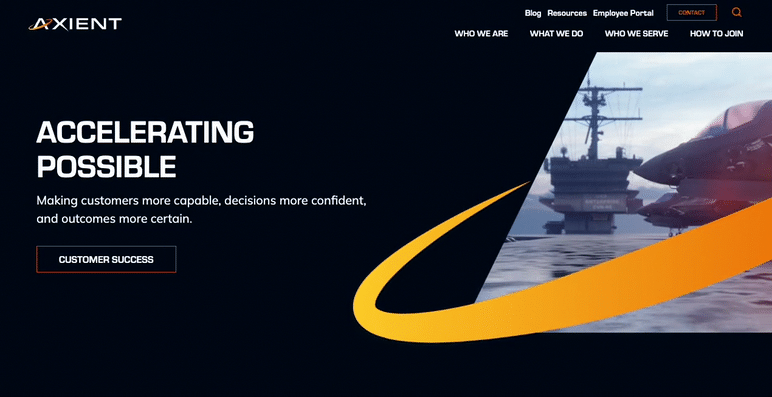
A Strategic Approach to Success
Securing government cybersecurity contracts requires a well-rounded marketing strategy that prioritizes compliance, builds trust, and delivers resonant messaging. By understanding the regulatory landscape, communicating effectively, and leveraging digital channels, your firm can stand out as a reliable partner in protecting the nation’s cyber infrastructure. The competition for these contracts is fierce, but with a clear strategy that emphasizes your strengths and aligns with the unique needs of government agencies, your firm can position itself as a trusted partner in the fight against cyber threats. Ready to position your cybersecurity firm for B2G success? Contact Bluetext today to learn how we can help you navigate the complexities of marketing to government agencies.
With agencies like the EPA driving federal priorities, resilience and industrial strength are emerging as key themes in government procurement. For B2G companies, aligning messaging with these trends is essential to stay competitive and relevant.
The Shifting Federal Landscape
Federal agencies are increasingly prioritizing themes of resilience and industrial strength as they respond to complex challenges—climate change, infrastructure modernization, supply chain security, and economic recovery.
- Resilience: The focus on resilience spans physical infrastructure, cybersecurity, and operational continuity. Agencies are seeking solutions that can endure disruptions, adapt to challenges, and ensure long-term reliability.
- Industrial Strength: Promoting domestic manufacturing, improving supply chain security, and fostering economic growth are top priorities for agencies like the EPA and the Department of Energy.
For businesses targeting the federal market, messaging must reflect these priorities, demonstrating how their solutions align with agency goals while adhering to compliance requirements.
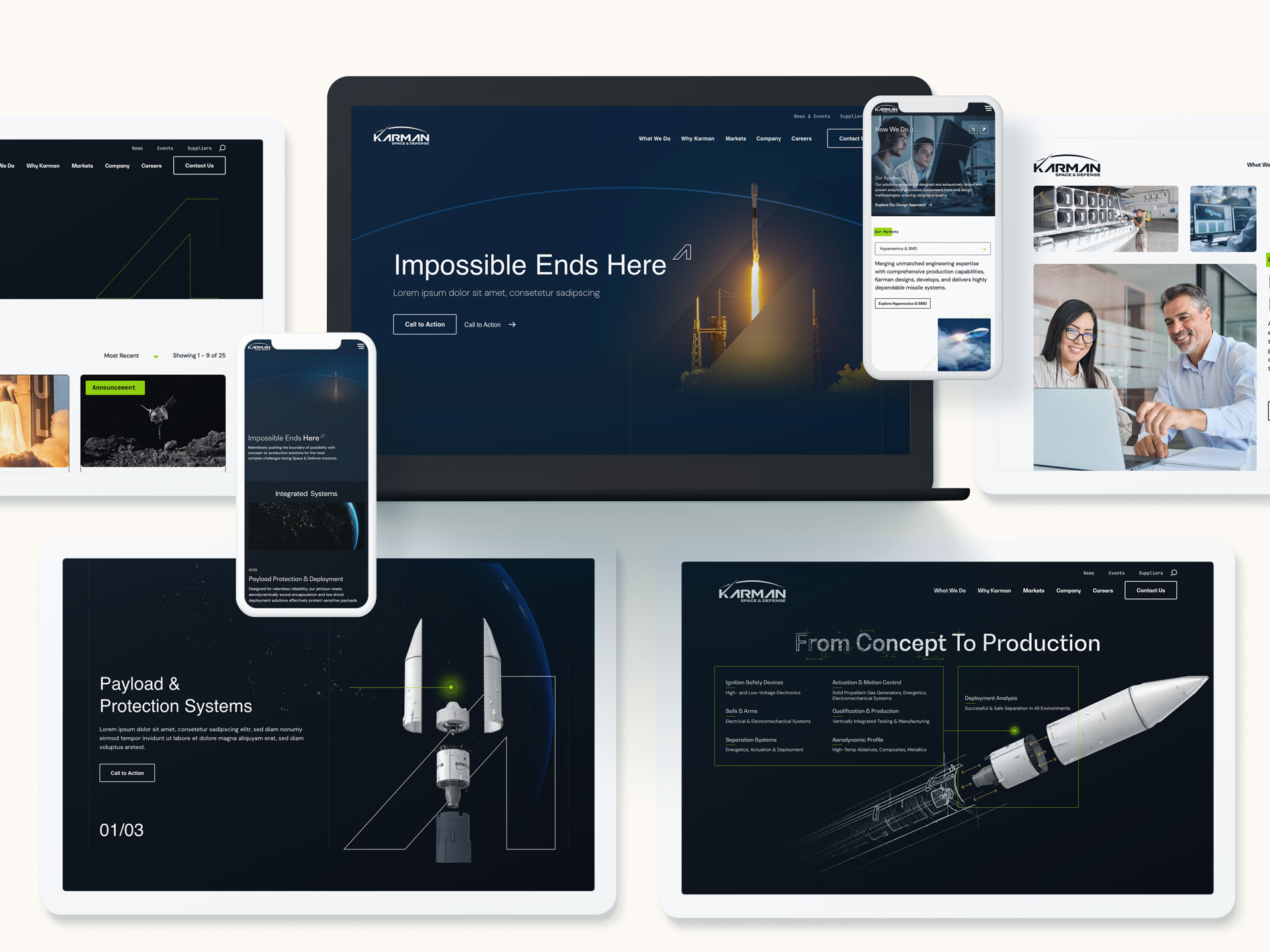
Why Resilience and Industry Matter in B2G Messaging
Federal Agencies Need Solutions That Withstand Disruptions
From infrastructure resilience against natural disasters to cybersecurity resilience against evolving threats, government agencies are focused on safeguarding critical systems. B2G companies that position their solutions as reliable, adaptive, and future-proof can align with this federal priority.
Supporting Economic and Industrial Goals
Agencies are under pressure to strengthen domestic industries, secure supply chains, and boost economic recovery efforts. Messaging that highlights industrial strength—such as U.S.-based manufacturing, supply chain transparency, and innovation—will resonate with decision-makers.
Compliance as a Baseline
Regulatory compliance remains non-negotiable in B2G marketing. However, aligning with emerging priorities like resilience and industrial strength goes beyond compliance—it’s about demonstrating value, innovation, and alignment with broader federal goals.

Key Strategies to Align B2G Messaging with Federal Trends
- Integrate Resilience into Your Value Proposition
B2G companies should frame their solutions as tools for resilience. Whether it’s a secure technology platform, durable infrastructure, or adaptive process, emphasize how your offerings help agencies:
- Mitigate risks and disruptions
- Ensure operational continuity during crises
- Adapt to evolving challenges and needs
- Emphasize Industrial Strength and Supply Chain Security
Federal agencies are increasingly prioritizing domestic sourcing and industrial innovation. Companies can align with these goals by messaging around:
- U.S.-based production and contributions to economic growth
- Transparent, secure, and resilient supply chains
- Investments in innovation that support federal missions
- Leverage Real-World Examples to Build Credibility
Case studies and examples of successful implementation are critical in building trust. Highlight:
- Projects where your solutions improved resilience, such as disaster-proof infrastructure or mission-critical technology
- Contributions to industrial strength, such as local job creation, reduced supply chain vulnerabilities, or sustainable economic impact
Agencies respond to proof points—showing measurable results will elevate your messaging above competitors.
- Align Messaging with Key Agency Priorities
Tailor messaging to the specific goals of federal agencies. For example:
- EPA: Highlight solutions that support environmental resilience, sustainable infrastructure, and resource optimization
- DOE: Emphasize contributions to energy security, industrial innovation, and modernization
- FEMA and DHS: Focus on operational resilience, risk mitigation, and disaster response
Understanding each agency’s mission allows for targeted messaging that demonstrates alignment and relevance.
- Balance Compliance with Forward-Thinking Themes
While compliance is the entry point for federal contracts, forward-thinking messaging is what wins trust. Go beyond regulatory adherence to demonstrate how your company anticipates future federal needs—like emerging climate challenges, cybersecurity risks, or workforce resilience.

Preparing for the Next Wave of Federal Procurement Trends
To stay ahead, B2G companies must continuously monitor emerging procurement trends and priorities. Looking forward:
- Resilience will expand beyond physical infrastructure to include digital and workforce resilience.
- Industrial strength will remain a focus, with growing emphasis on domestic manufacturing and supply chain innovation.
- Sustainability and environmental impact will play an increasing role in agency decisions.
Businesses that proactively integrate these trends into their branding and messaging will be well-positioned to win federal contracts.
Final Thoughts: Winning with Resilience and Industry
In a federal market shaped by resilience, industrial strength, and evolving priorities, B2G companies must craft messaging that speaks directly to these themes. By aligning with agency goals, demonstrating measurable value, and anticipating future needs, businesses can build trust and stand out in competitive procurement cycles.
Partner with Bluetext to Align Your B2G Strategy
Navigating federal trends requires expertise and precision. At Bluetext, we help B2G companies craft compelling messaging that aligns with government priorities, builds credibility, and drives results. Contact us today to learn how we can position your brand for success in the evolving federal marketplace.
The government’s reliance on telecom solutions is more critical than ever. With growing demands for secure, reliable, and innovative networks, telecom firms have a unique opportunity to support agencies and institutions. However, successfully marketing to the public sector requires a nuanced approach.
Understanding the Government Market for Telecom Solutions
Governments at every level—federal, state, and local—rely on robust telecom infrastructure to deliver essential services, enable secure communications, and support mission-critical operations. From defense systems and emergency response to the growing demands of digital transformation, telecom solutions play a pivotal role.
Why Telecom Matters to Government: Governments require networks that are secure, resilient, and capable of supporting emerging technologies like 5G, IoT, and cloud-based communications. The rapid pace of innovation presents opportunities to modernize infrastructure and deliver greater efficiency.
The Complexity of the B2G Market: Unlike traditional B2B or B2C markets, the Business-to-Government (B2G) sector is defined by unique challenges. Procurement processes are highly structured, sales cycles are long, and decision-making involves multiple stakeholders. Agencies prioritize security, compliance, and proven reliability over cutting-edge features alone.
Understanding these dynamics is essential for telecom firms looking to position their solutions effectively in the government market.
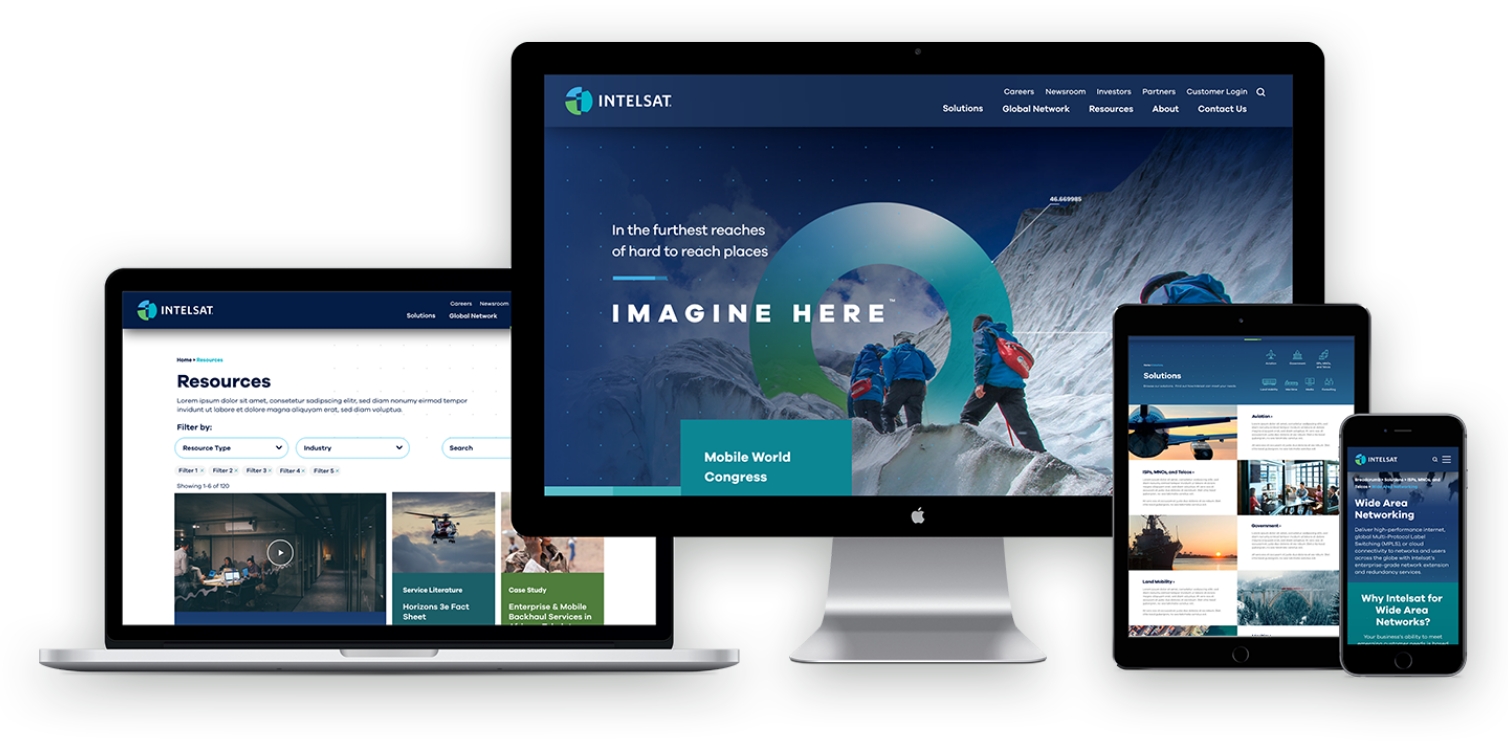
Key Challenges in Marketing Telecom Solutions to Government
Navigating Regulatory Hurdles
Government procurement is heavily regulated. Telecom firms must ensure compliance with standards such as FedRAMP (Federal Risk and Authorization Management Program), NIST (National Institute of Standards and Technology), and other federal or agency-specific frameworks. Failing to meet these standards can disqualify solutions from consideration.
Building Trust and Credibility
Trust is paramount in the public sector. Agencies need assurances that telecom solutions will deliver on promises without compromising security or performance. Firms face the challenge of overcoming skepticism toward untested technologies, requiring a strong focus on case studies, certifications, and real-world proof points.
Procurement Complexity
Government procurement is a rigorous process. From Requests for Proposals (RFPs) to contract awards, telecom firms must navigate competitive bids, align their solutions with strict requirements, and anticipate lengthy timelines. Understanding the nuances of procurement cycles is critical for success.
Cybersecurity Concerns
With cyber threats on the rise, government agencies place heightened importance on secure telecom networks. Telecom firms must balance innovation with security, ensuring their solutions adhere to stringent cybersecurity mandates while offering cutting-edge performance.
![]()
![]()

Opportunities for Telecom Firms in the Government Sector
Digital Transformation in Government
Governments are increasingly prioritizing digital transformation initiatives. From smart city projects to next-generation infrastructure, telecom solutions serve as the backbone for modernization efforts. Firms can position their offerings as essential tools for improving connectivity, efficiency, and service delivery.
5G and Emerging Technologies
The rollout of 5G networks presents a transformative opportunity. Government agencies are exploring ways to leverage 5G, IoT, and cloud technology to enhance public services, communication systems, and defense operations. Telecom firms that showcase these capabilities can differentiate themselves as forward-thinking partners.
Cybersecurity as a Differentiator
Security is non-negotiable in government telecom solutions. Providers that prioritize cybersecurity—through certifications, secure infrastructure, and compliance—can leverage this as a key value proposition to build trust with agencies.
Strategic Partnerships
Collaborating with technology providers, systems integrators, and public-sector consultants can help telecom firms deliver comprehensive solutions. Strategic partnerships ensure alignment with government needs while expanding opportunities for larger contracts and projects.
Effective Strategies to Market Telecom Solutions to Government
Focus on Value-Driven Messaging
Government agencies prioritize outcomes, not just features. Telecom firms should emphasize the tangible benefits of their solutions—cost savings, improved efficiency, enhanced security, and mission success. Align messaging with specific agency priorities, showing how telecom infrastructure supports their goals.
Leverage Case Studies and Proof Points
Credibility is essential in the government market. Telecom firms should showcase successful implementations, complete with measurable results and real-world use cases. Case studies, certifications, and testimonials from other public-sector clients help build confidence in their solutions.
Navigate the RFP Process with Precision
Success in government sales often hinges on the RFP process. Telecom firms should invest in crafting tailored, detailed responses that align closely with agency requirements. Understanding procurement structures and adhering to compliance guidelines are critical.
Thought Leadership and Industry Presence
Establishing expertise is key to building credibility. Telecom providers can participate in government-focused conferences, webinars, and trade shows to showcase their solutions. Thought leadership through blogs, white papers, and research papers demonstrates knowledge of government priorities and challenges.
Targeted Digital and Account-Based Marketing (ABM)
Reaching decision-makers in government requires a targeted approach. Account-based marketing strategies can help telecom firms tailor outreach to key agencies and stakeholders. Digital campaigns that address specific agency pain points and priorities will resonate more effectively.

Final Considerations for Telecom Firms
Successfully marketing telecom solutions to the government requires a blend of patience, persistence, and expertise. By navigating regulatory challenges, addressing cybersecurity concerns, and positioning their solutions as essential for digital transformation, telecom firms can build strong relationships with government agencies.
The key lies in building trust, aligning offerings with agency missions, and delivering measurable value. Telecom providers who embrace a strategic, value-driven approach will be well-positioned to win in this complex but rewarding market.
Let’s Connect
Need help crafting a winning strategy to market telecom solutions to government agencies? Bluetext has the expertise to position your brand, build trust, and drive results in the public sector. Contact us today to learn how we can help you navigate the B2G market and reach your goals.
Marketing government contractor services requires a distinct approach. With federal, state, and local agencies carefully vetting their vendors, competition is fierce, and standing out is essential. Success hinges on developing messaging that conveys value, trust, and alignment with government priorities. This blog explores the strategies and insights needed to craft a winning message for government buyers.
Understanding the Government Buyer
Key Challenges Government Buyers Face
Government buyers often operate under tight budget constraints, face complex procurement processes, and must adhere to strict compliance requirements. These challenges demand that contractors offer not just products or services but solutions that simplify and enhance their operations.
Priorities of Government Buyers
Government agencies prioritize cost-effectiveness, risk mitigation, and mission-critical outcomes. Contractors who understand these priorities and craft their messaging to address them will stand out in a crowded market.
Tailoring Messaging to Align with Their Needs
- Emphasizing Cost-Effectiveness: Showcase your ability to maximize taxpayer value.
- Highlighting Reliability and Proven Success: Provide evidence of consistent performance and successful project delivery.
- Communicating Alignment with Agency Goals: Demonstrate an understanding of specific agency missions and how your services support their objectives.

The Foundation of a Winning Message
Clarity and Simplicity
Government buyers need to quickly grasp the value of your offerings. Avoid technical jargon and present your value proposition in clear, concise terms that resonate with decision-makers.
Focus on Outcomes
Rather than emphasizing features, shift the narrative to benefits and measurable results. For instance, highlight how your solution improves operational efficiency, reduces costs, or enhances security.
Proof of Credibility
Trust is paramount in government contracting. Showcase certifications, past performance, case studies, and partnerships with other agencies to establish your credibility and expertise.
Crafting Value-Driven Messaging
1. Highlight Cost-Effectiveness
Government agencies must justify their spending to taxpayers. Position your services as a cost-effective choice by showcasing ROI, long-term savings, and value-added benefits.
2. Address Compliance and Risk Mitigation
Compliance is a top concern. Emphasize your adherence to relevant regulations such as FAR/DFAR and explain how your services reduce operational, financial, or security risks.
3. Align with Mission Goals
Every government agency has a unique mission. Tailor your messaging to demonstrate how your offerings directly contribute to achieving their objectives. For instance, when marketing to FEMA, emphasize capabilities related to disaster response and recovery.
Strategies for Multi-Tiered Messaging
Federal Agencies
Federal agencies often require scalable and innovative solutions that can support large-scale operations. Messaging should focus on your ability to handle complexity and deliver results at scale.
State Agencies
State agencies value regional expertise and the ability to address local challenges. Highlight your familiarity with regional needs and the community impact of your services.
Local Agencies
For local agencies, responsiveness and personalized service are key differentiators. Emphasize your ability to provide tailored solutions and swift support.
Channels for Amplifying Your Message
Direct Outreach
Engage decision-makers through targeted emails, government-specific events, and one-on-one meetings to build strong relationships.
Digital Marketing
Optimize your online presence with paid media, SEO targeting government procurement keywords, and LinkedIn campaigns aimed at government audiences.
Content Marketing
Publish blogs, white papers, and thought leadership pieces that address pain points in the industry. This positions your brand as a trusted advisor and expert.
The Metrics of Success
Tracking RFP Conversion Rates
Measure how many RFP responses convert into contracts to evaluate the effectiveness of your messaging.
Monitoring Engagement Metrics
Analyze digital campaign performance, including clicks, shares, and inquiries from government audiences.
Client Feedback
Gather input from agency clients to refine your messaging and better address their evolving needs.
The Art of Messaging for Government Contractors
Crafting a winning message requires a deep understanding of government buyers, a focus on value-driven outcomes, and clear communication of your unique advantages. By aligning your messaging with the priorities of federal, state, and local agencies, you can maximize your competitive edge and build lasting relationships.
The defense and aerospace industries operate at the forefront of innovation, delivering mission-critical solutions that shape global security, technological advancement, and exploration. However, these sectors face unique challenges in branding and marketing: balancing innovation with reliability, maintaining compliance while staying competitive, and catering to a diverse audience of government agencies, contractors, and commercial stakeholders.
Building a future-ready brand requires a deliberate approach that aligns cutting-edge technology with values of trust, performance, and adaptability. This blog explores the core pillars of branding for defense and aerospace services, strategies for engaging stakeholders, and how to position your company for long-term success.
The Core Pillars of a Future-Ready Defense & Aerospace Brand
Innovation is the lifeblood of defense and aerospace industries. Whether it’s the latest in unmanned systems, AI integration, or space exploration, your brand must be synonymous with groundbreaking technology. Highlight your R&D efforts, use storytelling to explain complex innovations, and showcase your adaptability to emerging trends and technologies.
Reliability is non-negotiable in high-stakes industries where lives, security, and billions of dollars are on the line. Focus on safety, durability, and proven performance. Share case studies and testimonials that illustrate your dependability and use certifications and compliance records to build trust.
Operating within strict regulatory frameworks is central to success. A brand built on compliance and integrity reflects a commitment to ethical practices and government standards. Be transparent about how you meet regulations and international norms while positioning compliance as a value-added benefit for stakeholders.
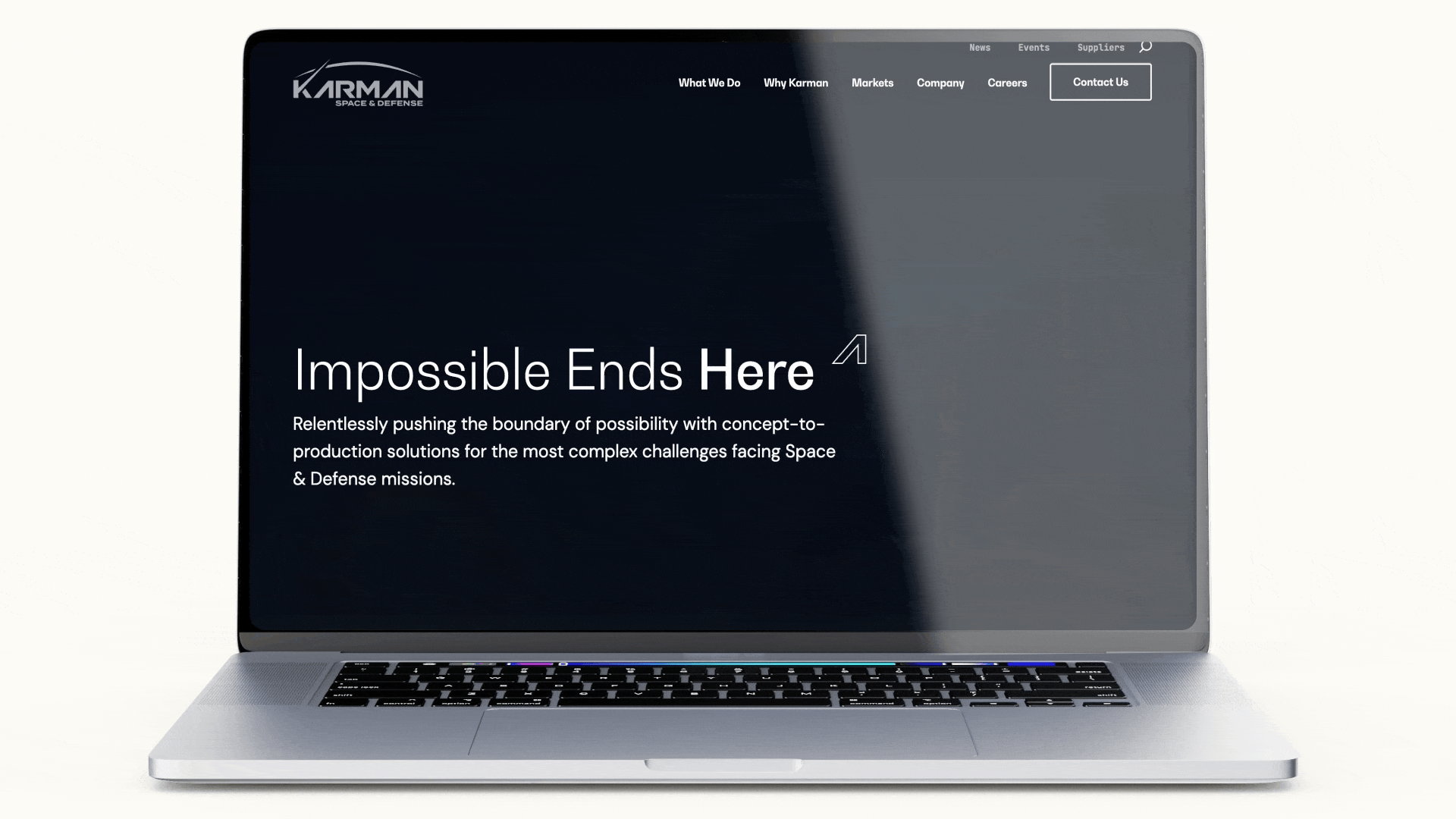
Strategies for Marketing to Diverse Stakeholders
Tailoring your messaging to government agencies is essential. Emphasize mission alignment, cost-effectiveness, and measurable results. Use whitepapers, webinars, and direct outreach campaigns to demonstrate your ability to address national security priorities or reduce operational costs.
For commercial clients, highlight the dual-use applications and scalability of your technologies. Trade shows, industry publications, and digital campaigns are ideal platforms to showcase your offerings. Case studies that illustrate how aerospace innovations can adapt to commercial aviation or logistics needs can help broaden your appeal.
Public relations efforts are critical for building trust and credibility. Participate in industry panels, write guest articles, and secure media coverage. Position your executives as thought leaders who can offer insights on innovation and policy trends.

Leveraging Digital Tools for Branding
A robust online presence begins with an optimized website that highlights innovation, case studies, and compliance. Use interactive elements like 3D models, virtual tours, or demo videos to engage visitors.
Social media and digital campaigns can effectively reach specific audiences. LinkedIn, in particular, allows you to connect with decision-makers in both government and private sectors. Complement this with targeted ads and content marketing, including blogs, whitepapers, and infographics that showcase expertise.

Challenges and Considerations
Balancing transparency with confidentiality is vital. Share enough to build trust while safeguarding sensitive operational details. Navigating geopolitical sensitivities and aligning branding with international norms ensures broader market relevance. Staying ahead of rapid technological and policy changes requires regular updates to your messaging and strategy.
Becoming a Future-Ready Brand
Innovation and reliability are the cornerstones of defense and aerospace branding. By building trust through transparent messaging, demonstrating leadership in cutting-edge technologies, and tailoring outreach to diverse stakeholders, you can position your company as a future-ready leader in these industries.
Looking to build a brand that stands out in defense and aerospace? Contact Bluetext to explore tailored strategies that position your company for long-term success.
As federal priorities evolve, government procurement officers are increasingly focused on resilience and industrial strength. While sustainability remains important, the emphasis has shifted to durability, adaptability, and long-term reliability. For B2G companies, this change represents an opportunity to reposition their branding and messaging strategies.
This blog explores how B2G organizations can align with these priorities while maintaining compliance with environmental standards.
Understanding Government Trends
Federal agencies are prioritizing resilience to address challenges such as infrastructure reliability, national security, and climate adaptation. Key takeaways:
- Resilience Over Sustainability: While green initiatives remain vital, procurement officers now seek solutions built to last.
- Focus on Durability: Products and services must demonstrate long-term value and reliability.

Repositioning for Resilience
To align with these trends, B2G companies should update their branding with a focus on industrial strength. Steps include:
- Highlight Durability: Showcase the reliability and lifespan of your solutions.
- Emphasize Adaptability: Illustrate how your offerings can evolve with changing government needs.
- Reinforce Compliance: Communicate your adherence to environmental and regulatory standards.
Communicating Value to Government Stakeholders
Government buyers prioritize clear, compelling messaging that speaks to their specific needs. Tips for success:
- Build Trust: Use testimonials and case studies from other government contracts.
- Use Data: Provide quantifiable proof of durability and adaptability.
- Simplify Messaging: Avoid jargon and focus on actionable benefits.

Leveraging Multi-Channel Outreach
A multi-channel approach ensures your message reaches all stakeholders. Consider:
- Digital Campaigns: Leverage LinkedIn, webinars, and email marketing to engage decision-makers.
- Content Marketing: Publish blogs, whitepapers, and videos that showcase resilience.
- Public Relations: Share success stories and thought leadership through media channels.
Navigating Challenges in B2G Branding
Shifting focus to resilience while maintaining a commitment to sustainability can be complex. Mitigate risks by:
- Balancing Messaging: Ensure both durability and environmental compliance are clear.
- Maintaining Credibility: Avoid overstating claims—back them with data and certifications.
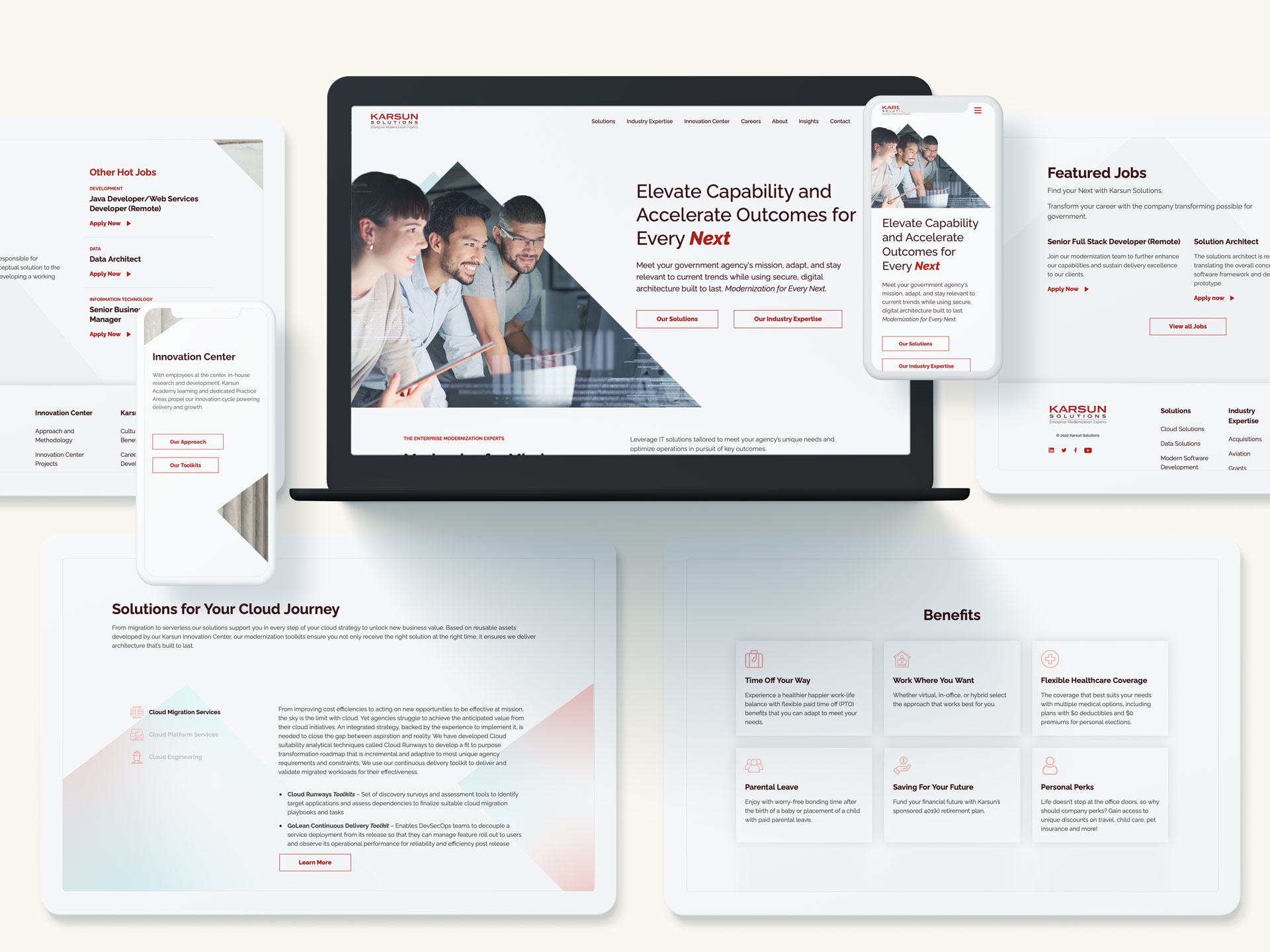
Positioning Your Brand for Resilience
In the evolving landscape of government priorities, resilience and industrial strength have become essential pillars for successful B2G branding. By aligning your messaging with these values, you can create a compelling narrative that appeals to procurement officers, policymakers, and other key stakeholders while maintaining compliance with environmental standards.
Need help crafting messaging that makes an impact? Contact Bluetext to discover how our branding expertise can position your organization as a trusted, resilient partner for government agencies.
Government contracting is a highly competitive and complex field. With stringent regulations, extensive procurement processes, and evolving agency priorities, standing out as a contractor requires more than just competitive pricing or technical expertise. It requires trust.
Thought leadership has become a key strategy for government contractors aiming to differentiate themselves. By sharing insights and expertise, contractors can build credibility, influence decision-makers, and foster long-term relationships with government clients. This blog explores why thought leadership matters in the GovCon space and how to implement it effectively.
Why Thought Leadership is Critical in GovCon
Government agencies prioritize partnerships with organizations they trust. Unlike the private sector, where quick decisions are common, government clients conduct extensive evaluations to ensure reliability, compliance, and alignment with mission goals. Thought leadership addresses these needs by:
- Establishing Credibility: Sharing valuable insights positions your brand as a knowledgeable and reliable partner.
- Influencing Decision-Making: Providing well-researched content can shape how agencies perceive challenges and solutions, aligning their priorities with your offerings.
- Creating Competitive Advantage: In a crowded market, thought leadership differentiates your company from competitors offering similar services.
In short, thought leadership transforms your brand from one of many contractors into a trusted industry expert.
Building a Thought Leadership Strategy for GovCon
To develop a successful thought leadership strategy, contractors must focus on understanding their audience and crafting content that addresses their unique challenges. Here’s how:
- Focus on Mission Alignment
Government agencies prioritize partners who understand their mission and objectives. Craft content that demonstrates how your expertise supports their goals—whether it’s enhancing national security, improving infrastructure, or driving technological innovation. - Prioritize Compliance and Risk Mitigation
Regulatory compliance and risk reduction are top concerns for government clients. Share insights on navigating procurement challenges, adhering to FAR/DFARS requirements, or ensuring cybersecurity readiness. - Leverage Industry Trends and Insights
Stay ahead of the curve by analyzing and commenting on emerging trends like AI in defense, sustainability initiatives, or digital transformation in government services. - Invest in Research-Driven Content
Original research or data-backed reports can provide unique perspectives, positioning your brand as a thought leader in the GovCon space.

Amplifying Your Thought Leadership
Creating thought leadership content is only half the battle—getting it in front of the right audience is equally important. Here are some effective distribution strategies:
- Government-Focused Platforms: Publish articles and whitepapers on platforms like GovExec, Defense News, or federal procurement forums.
- Social Media Engagement: Share insights on LinkedIn, engaging directly with government decision-makers and influencers in the space.
- Networking Events and Panels: Participate in or host industry events, offering a platform to discuss your expertise and connect with potential clients.
- Email Campaigns: Create targeted campaigns that deliver your thought leadership content directly to procurement officers and agency stakeholders.
A multi-channel approach ensures your expertise reaches the right audience at the right time.
Sustaining Long-Term Success with Thought Leadership
Thought leadership is not a one-and-done effort—it requires consistent commitment to creating and sharing valuable insights. Over time, this approach delivers significant benefits, including:
- Enhanced Brand Visibility: Frequent, high-quality content keeps your brand top-of-mind for government buyers.
- Stronger Relationships: Thought leadership builds trust and fosters deeper connections with agency decision-makers.
- Greater Influence: As a recognized expert, your brand can shape industry conversations and gain an edge in competitive procurements.
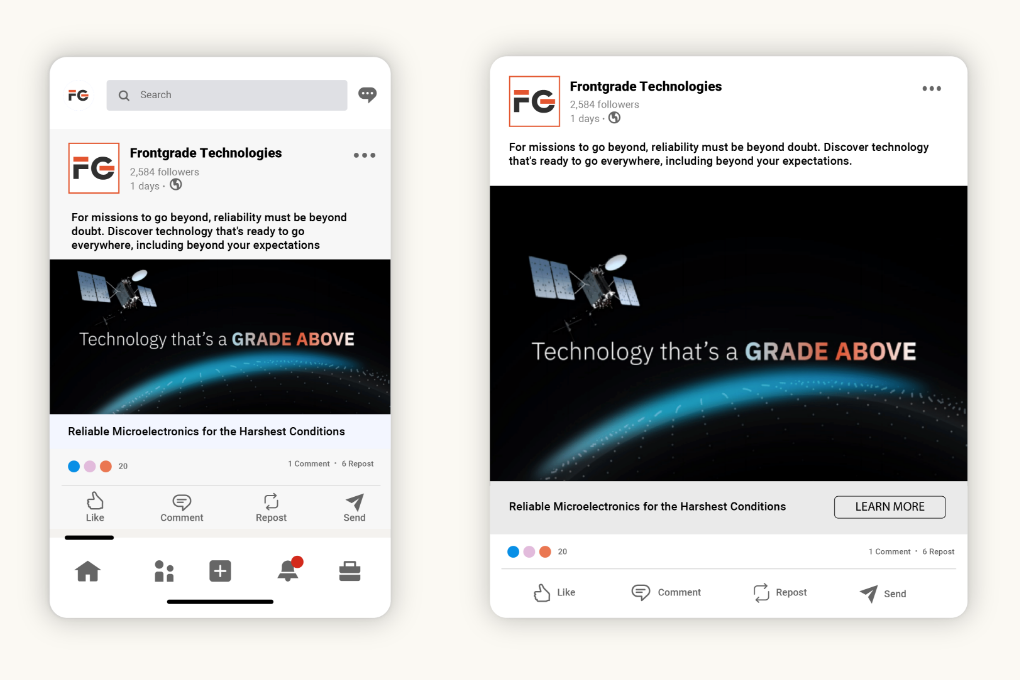
Elevate Your GovCon Brand with Expertise
In the government contracting space, expertise and credibility are essential for success. Thought leadership enables contractors to build trust, differentiate their offerings, and position themselves as indispensable partners to government agencies.
Looking to strengthen your thought leadership strategy and stand out in the GovCon market? Bluetext can help you craft compelling content that drives results. Contact us today to get started.
Breaking into the government and defense sectors requires more than just a competitive offering—it demands credibility and trust. These sectors prioritize partnerships with organizations that demonstrate expertise, reliability, and a deep understanding of their unique challenges.
Thought leadership has emerged as a critical strategy for building that trust. By sharing insights and expertise, businesses can position themselves as indispensable advisors to government and defense buyers. This blog explores how to craft and leverage thought leadership content to unlock new opportunities in these high-stakes markets.
Understanding the Value of Thought Leadership in B2G
In the business-to-government (B2G) space, buyers operate within strict constraints, such as budget limitations, regulatory requirements, and security concerns. Decision-makers are often risk-averse, seeking partners with proven expertise and a clear understanding of their sector’s complexities.
Thought leadership plays a pivotal role by:
- Demonstrating Expertise: Whitepapers, research reports, and industry analyses show your organization’s in-depth knowledge of government and defense priorities.
- Building Trust: Consistently delivering value through content reinforces your credibility over time.
- Influencing Perception: A strong thought leadership presence elevates your brand from a vendor to a trusted advisor, increasing your influence in purchasing decisions.
By strategically sharing your knowledge, you can address buyer concerns and build long-lasting relationships in these sectors.

Crafting Thought Leadership Content for Government and Defense
Creating impactful thought leadership starts with understanding your audience. Government and defense stakeholders are looking for insights that help them solve specific problems or achieve strategic goals. Here’s how to tailor your content:
- Focus on Policy and Industry Trends: Share insights on evolving regulations, defense strategies, or emerging technologies that directly affect your audience.
- Address Pain Points: Create content that tackles issues like procurement challenges, supply chain security, or cost containment in defense projects.
- Leverage Data and Research: Invest in original research or surveys to provide unique insights that stand out from competitors.
Formats like whitepapers, webinars, and executive briefings allow you to dive deep into these topics while positioning your brand as a leading authority.
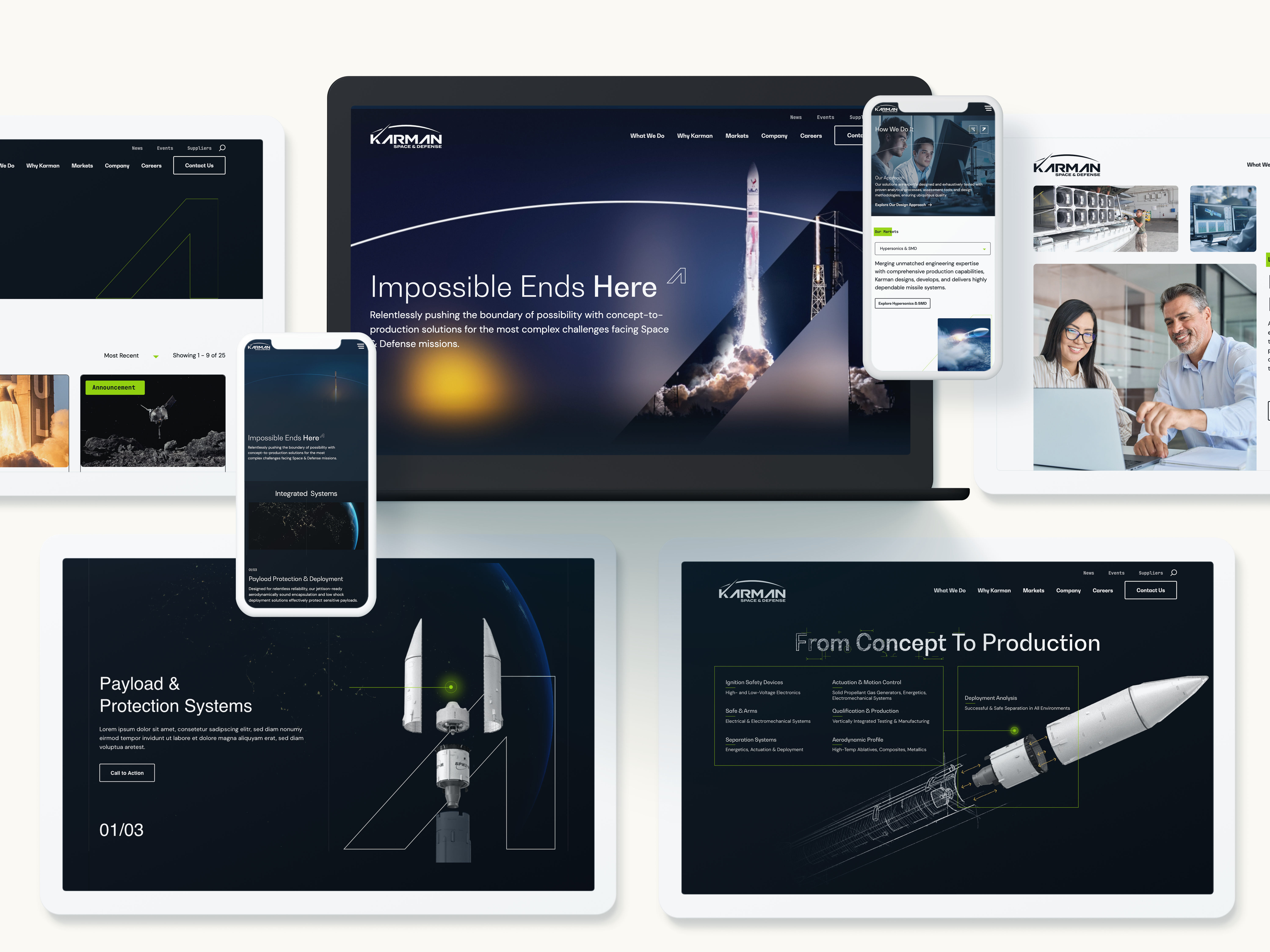
Strategies to Amplify Your Thought Leadership
Creating great content is only half the battle. To ensure it reaches your target audience, you need a robust distribution strategy:
- Engage on Government-Specific Platforms: Post thought leadership articles and updates on platforms like LinkedIn, GovExec, or GovConWire to directly connect with decision-makers.
- Host Exclusive Events: Organize roundtables, panels, or virtual discussions featuring your experts and other thought leaders in the industry.
- Collaborate with Influencers: Partner with recognized figures in the government and defense sectors to co-author content or host joint webinars.
A well-executed amplification strategy ensures your insights resonate across the right channels and audiences.
The Role of Thought Leadership in Long-Term Growth
Thought leadership isn’t just a short-term strategy—it’s a long-term investment in your brand’s reputation and visibility. Over time, consistent thought leadership:
- Builds Brand Loyalty: Decision-makers are more likely to turn to familiar, trusted names when they need solutions.
- Opens Doors to New Opportunities: A strong reputation attracts attention from stakeholders and partners beyond your current network.
- Drives Differentiation: In a crowded market, thought leadership helps your brand stand out as an innovative and reliable partner.
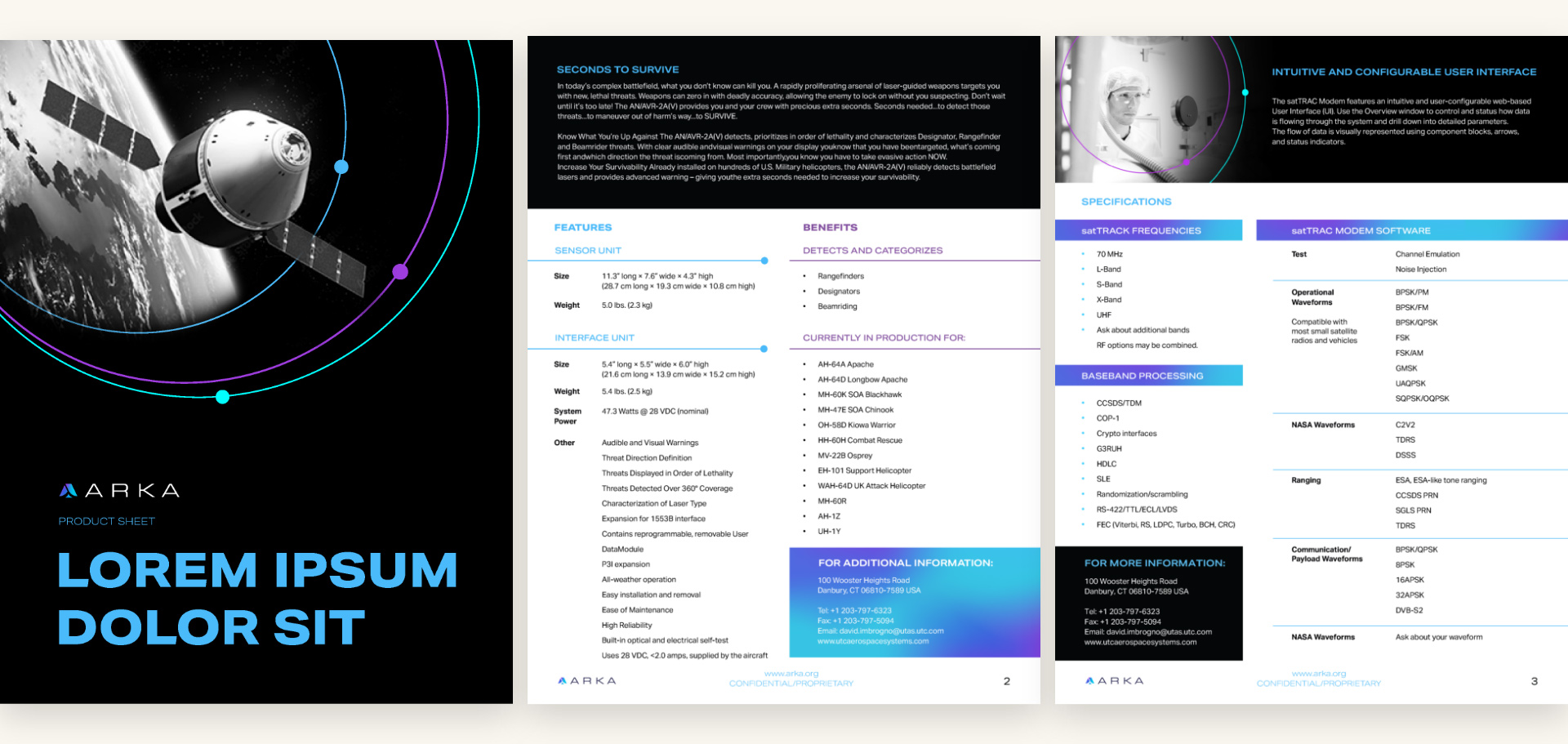
Become a Trusted Advisor in Government and Defense
To succeed in the government and defense sectors, your brand needs more than just strong offerings—it needs to inspire confidence. By leveraging thought leadership, you can establish your organization as a trusted advisor, influence key decision-makers, and unlock growth opportunities in this challenging market.
Looking to elevate your thought leadership and make an impact in the government and defense space? Bluetext can help you craft a strategy that builds trust and drives results. Contact us today to get started.
